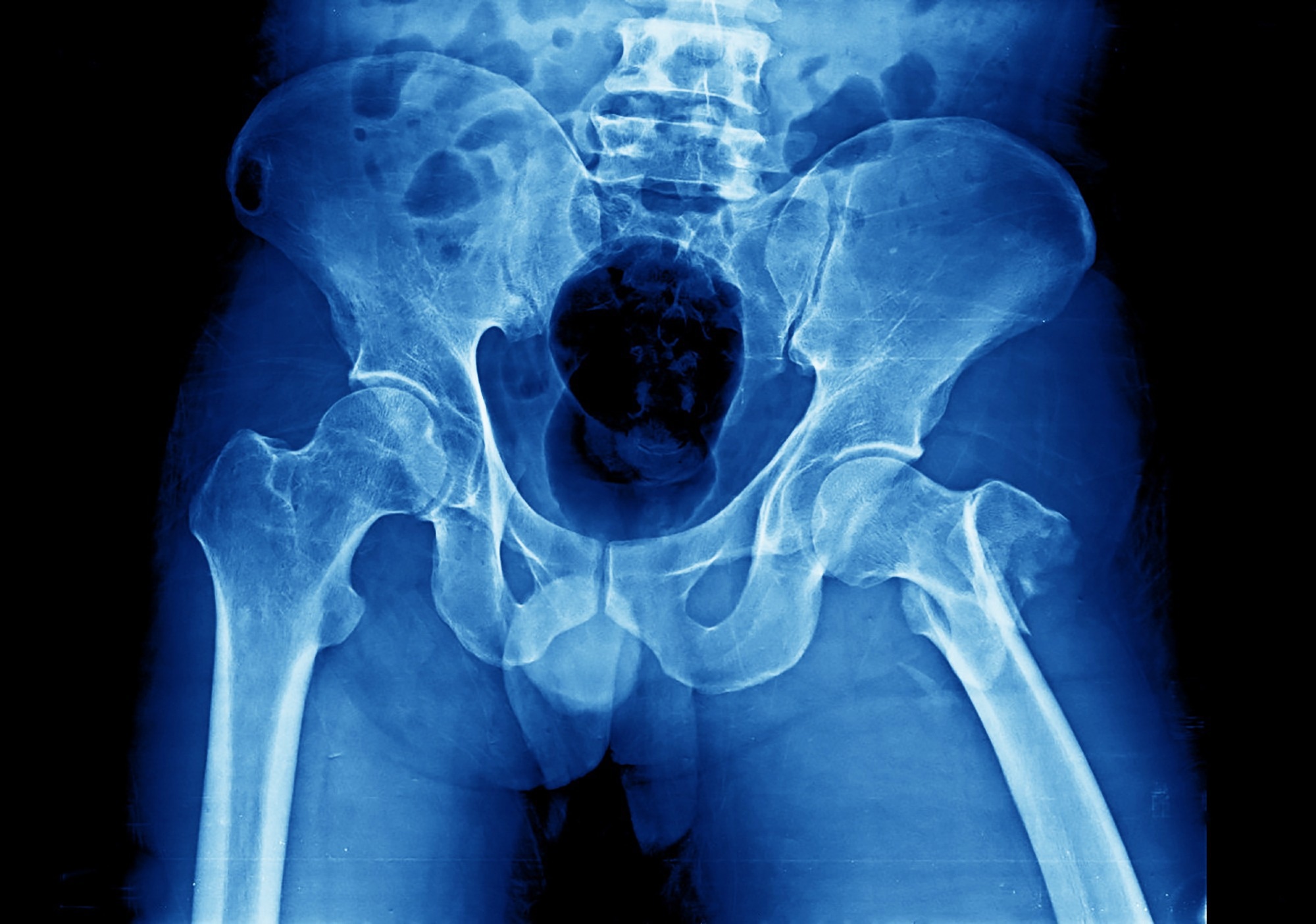Researchers from The University of Technology Sydney (UTS) have measured the extent to which a bone fracture can lead to early death and created a publicly available tool that doctors and patients can use to calculate risk.
The research, 'Skeletal Age' for mapping the impact of fracture on mortality, has just been published in the prestigious scientific journal eLife.
 Study: ‘Skeletal Age’ for mapping the impact of fracture on mortality. Image Credit: Yok_onepiece / Shutterstock
Study: ‘Skeletal Age’ for mapping the impact of fracture on mortality. Image Credit: Yok_onepiece / Shutterstock
In the study of more than 1.6 million adults, the scientists found that a bone fracture was associated with a loss of one to seven years of life, depending on gender, age, and bone site.
Drawing on this discovery and earlier research conducted by Professors John Eisman, Tuan Nguyen, and Jacqueline Center at the Garvan Institute, the researchers developed the concept of 'Skeletal Age' as a new measure for assessing the impact of fractures on mortality.
The metric has been incorporated into an online calculator that measures bone fragility in order to help doctors and patients better understand the gravity of bone fractures.
BONEcheck aims to help raise awareness and reduce the risk of premature death for people with osteoporosis.
UTS Distinguished Professor Tuan Nguyen, the project leader, says the risk of premature death is particularly high for patients who suffer a hip fracture, with 30% of patients dying within a year of the fracture.
However, the risk of premature death also increases with other types of fractures.
"Although a bone fracture can reduce a person's lifespan, patients who suffer from a fracture don't fully understand this reality," he said.
By measuring the average reduction in life expectancy, the Skeletal Age tool aims to provide patients with a clearer understanding of the risks associated with bone fractures.
"With greater awareness of these risks, doctors and patients will be more likely to take preventive measures to reduce the risk of premature death," said Distinguished Professor Nguyen.
Dr. Thach Tran, co-lead author of the paper, said that currently, doctor-patient communication of fracture risk involves the use of probability.
"A disadvantage of probability is that it can be hard to comprehend, with patients often perceiving a 5% risk of death following a hip fracture over a 5-year period as a 95% chance of surviving a hip fracture."
"The Skeletal Age tool provides an alternative approach to informing patients of their fracture risk. For example, instead of informing a 60-year-old woman that her risk of death following a hip fracture is 5%, she can be informed that her skeletal age is 65."
Distinguished Professor Nguyen says the development of the Skeletal Age tool is a significant breakthrough in the prevention of premature death associated with osteoporosis.
"With this new tool, doctors and patients can work together to reduce the risk of bone fractures and ensure better bone health for all."
Source:
Journal reference: